Ultimate Koi Pond Winter Care Guide: Expert Tips for Ensuring Healthy Fish in Cold Weather
Are you a proud koi pond owner dreading the upcoming winter season? Worried about how to properly care for your beloved fish during colder temperatures? Well, fret no more. This article will provide you with all the guidelines and tips you need for winterizing and maintaining your koi pond. Trust me, it’s going to be a breeze!
Koi fish undergo some pretty interesting physiological changes during the winter, and cold weather can have a significant impact on their well-being. Pond owners need to follow best practices for koi care during winter, including maintaining the right water temperature in your pond, if they want to keep their fish cozy and happy all winter long.
Keep reading, as we’ll cover how to prepare your koi pond for winter, including cleaning and removing debris, inspecting and repairing equipment, and testing and adjusting water parameters. We’ll also cover why and how to use a pond cover or netting to protect your fish from pesky wintertime predators.
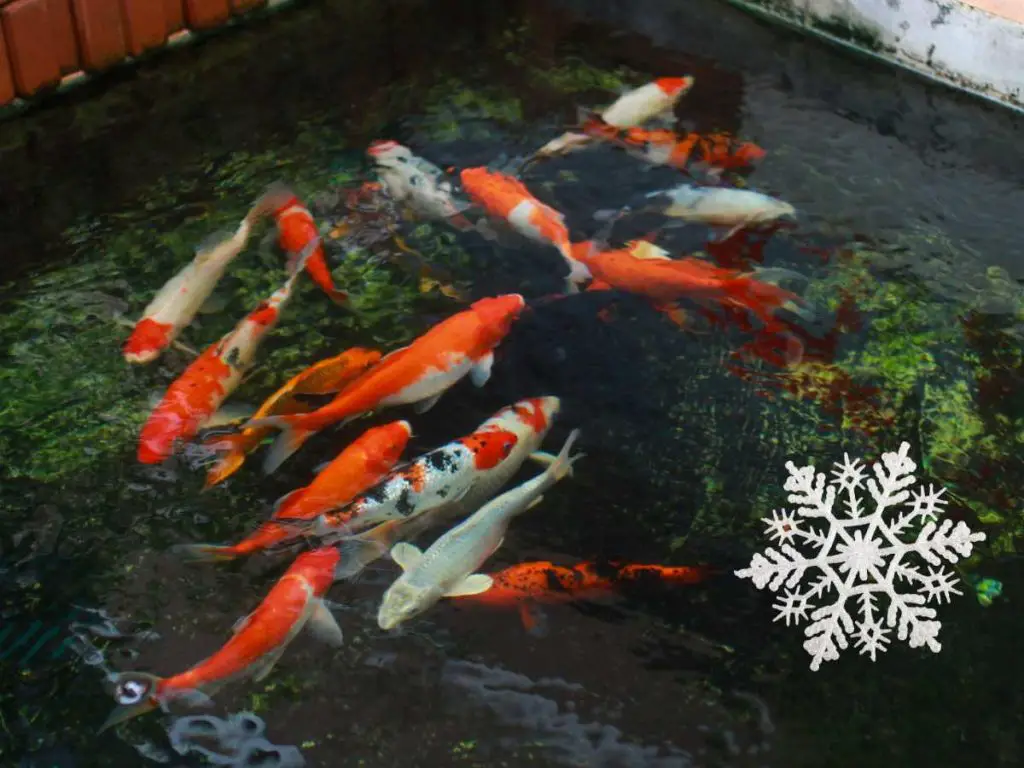
Koi Pond Winter Care: A Comprehensive Overview
| Concern | Action Points |
|---|---|
| Understanding Koi Needs in Winter | – Physiological changes in koi during winter. -Impacts of cold weather on koi and the pond. |
| Preparing Koi Pond for Winter | – Clean the pond and remove debris. – Inspect and repair equipment. -Test and adjust water parameters.<br>- Install pond cover or netting. |
| Protecting Koi in Winter | – Create a suitable habitat with shelter and hiding places. – Maintain proper water depth. – Ensure oxygenation and water circulation. – Adjust feeding routine and choose appropriate food. – Secure pond against predators. |
| Winter Maintenance Tasks | – Monitor water quality and temperature. – Manage ice formation and prevent freezing. – Remove snow and ice buildup. – Treat and prevent common winter pond issues. |
| Handling Extreme Winter Conditions | – Deal with sub-zero temperatures. – Use pond heaters and de-icers effectively. – Have emergency strategies for power outages or equipment failures. |
| Transitioning into Spring | – Gradually adjust water temperature and feeding routine. – Clean and refresh the pond environment. – Inspect and reactivate equipment. – Monitor koi health after winter. |
When winter arrives, koi fish undergo various physiological changes to adapt to the cold weather. Their metabolism slows down, and they become less active. This is a natural response that helps them conserve energy and survive through the winter months.
Impacts of cold weather on koi ponds
The cold can impact your koi directly, and it can also impact your pond itself (and therefore your fish indirectly).
Cold weather can have several negative impacts on koi ponds if proper care is not taken. The drop in temperature can affect the water quality, making it harder for the fish to thrive. Ice formation can also become a problem, as it can deplete oxygen levels in the water and potentially harm the koi.
Best practices for maintaining water temperature in the pond
To ensure the water temperature remains suitable for koi fish during winter, there are a few best practices to follow.
First, make sure the pond is deep enough to prevent freezing to the bottom. This will allow the fish to retreat to the warmer bottom layers.
Additionally, using a pond heater or de-icer can help prevent complete freezing and maintain a consistent temperature. These devices are designed to keep a small area ice-free and allow for gas exchange, keeping the fish safe.
Preparing your koi pond for winter: 4 Steps
Before the chilly winter weather arrives, you’ll want to to prepare your koi pond to ensure the health and safety of your beloved fish. Follow these steps to get your pond ready for the colder temperatures.
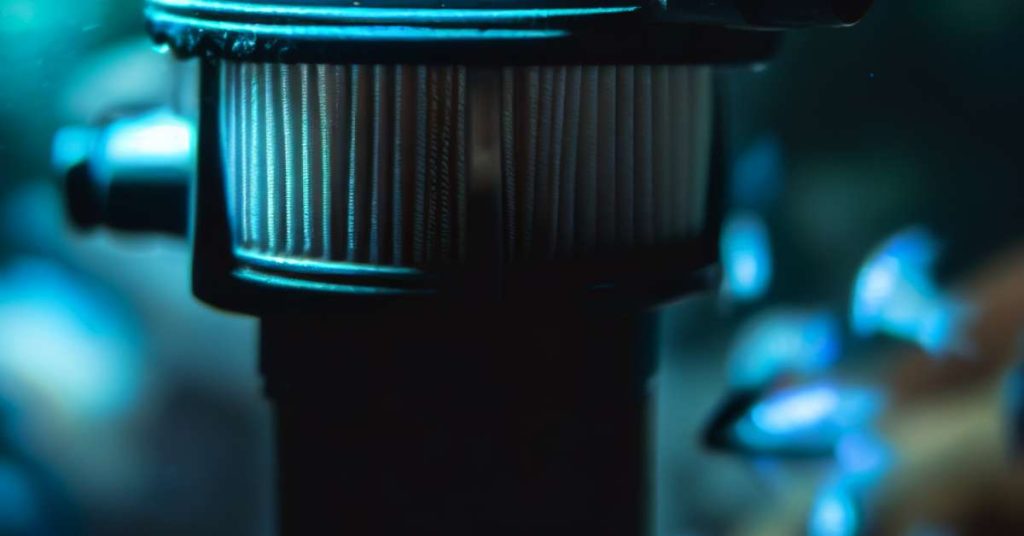
1. Clean the pond and remove debris
Start by giving your pond a good cleaning to rid it of any debris or fallen leaves. This will prevent the buildup of organic matter that can decompose and release harmful toxins into the water.
Use a net or pond vacuum to remove any fallen leaves, twigs, or other debris that may have accumulated. Don’t forget to also clean out the skimmer and filters, ensuring optimal water flow and quality.
2. Inspecting and repair equipment
Next, carefully inspect all the equipment in your koi pond, such as pumps, filters, and heaters. Look for any signs of damage or wear and tear that may have occurred during the summer months.
If you notice any leaks or malfunctioning parts, it’s important to repair or replace them before the cold weather sets in. This will ensure that your pond functions properly throughout the winter, maintaining a suitable environment for your koi fish.
3. Test and adjust water parameters
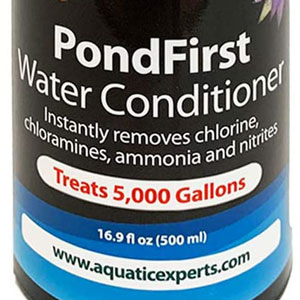
Test the water parameters in your pond, including pH, ammonia, nitrite, and nitrate levels. Cold water can significantly impact these levels, potentially affecting the health of your fish.
Make any necessary adjustments to ensure that the water parameters are within the appropriate range for your koi. This may involve adding additives to balance the pH or using beneficial bacteria to maintain water quality.
Install of pond cover or netting
Finally, consider installing a pond cover or netting to protect your koi fish from potential predators and falling debris. This can help to create a barrier and provide an extra layer of security for your fish during the winter months.
Ensure that the cover or netting is securely fastened, preventing any accidental entry from wildlife or domestic pets. It’s important to strike a balance between protection and allowing sufficient air exchange to avoid poor gas exchange in the pond.
Protecting koi fish during winter
When it comes to winter care for your koi fish, creating a suitable habitat is crucial. You want to ensure their survival and well-being during the colder months.
Creating a suitable winter habitat
During winter, it’s essential to provide your koi with adequate shelter and hiding places. This will protect them from the harsh weather and predators. Consider adding structures like rocks, caves, or even floating plants to create hiding spots for your fish.
You’ll also need to maintain. proper water depth for survival
Basically, koi fish need enough water depth to survive the winter. If the water becomes too shallow, it can freeze solid, which can be deadly for your fish.
Make sure your pond has a minimum depth of at least three feet to ensure the fish have enough space to swim and escape to the bottom where the temperature remains relatively stable.
Finally, you’ll need to ensuring adequate oxygenation and water circulation.
Oxygen levels can drop during winter due to ice cover and reduced plant activity. To maintain proper oxygen levels, consider using a pond aerator or installing an air stone. This will help in oxygenating the water and preventing your fish from suffocating.
Additionally, using a water pump to create water movement and circulation can help prevent stagnant spots and ice formation.
Feeding considerations for winter
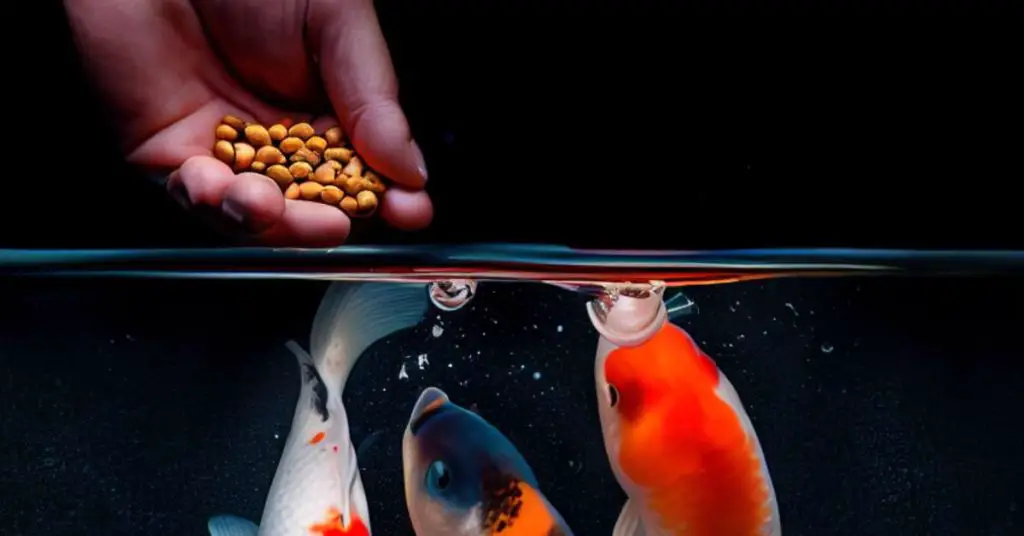
During winter, the metabolism of koi fish slows down, and they require fewer calories. Adjust your feeding routine by reducing the frequency of meals and offering smaller portions. This will prevent overfeeding and aid in maintaining good water quality in the pond.
Koi fish also have difficulty digesting food in cold temperatures, so it’s essential to choose appropriate food. Look for specially formulated low-temperature koi pellets or wheat germ-based options. These are easier to digest and provide the necessary nutrients for your fish without burdening their digestive systems.
Preventing winter predators
Don’t forget that predators and wildlife may be more active during winter as they search for food and shelter. So to protect your koi fish, secure your pond with a sturdy net. This will prevent larger predators like birds or raccoons from accessing and harming your fish. Additionally, you can consider using scare devices or motion-activated deterrents to further discourage intruders.
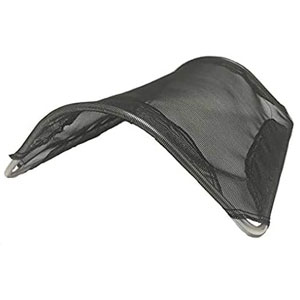
Winter maintenance tasks for koi ponds
During the winter season, it’s important to stay on top of the maintenance tasks for your koi pond to ensure the health and well being of your fish. Beyond your regular duties, you’ll also want to make sure you perform the following tasks regularly, too.
Monitoring water quality and temperature regularly
Regularly monitoring the water quality and temperature of your koi pond is crucial during the winter. Use a reliable water testing kit to check the levels of ammonia, nitrites, and pH. Cold temperatures can affect the balance of these elements, so it’s important to stay vigilant to prevent any imbalances that could harm your koi.
Managing ice formation and preventing complete freezing
Ice formation is a common issue during the colder months, and the last thing you want is for your pond to freeze completely. To prevent this, consider using a pond heater or de-icer. These devices help create a small hole in the ice, allowing for gas exchange and proper oxygenation of the water.
Removing snow and ice buildup
Heavy snow and ice buildup can put excess weight on your pond, potentially causing damage or even a collapse. Regularly remove any snow or ice from the surface of the pond using a pond-safe tool, such as a broom or a leaf blower. Be gentle to avoid startling or harming your koi fish.
Treating and preventing common winter pond issues
Winter brings its own set of challenges for your koi pond, including common issues like algae growth and fungal infections. Keep an eye out for any signs of illness or abnormal behavior in your fish, and be proactive in treating these problems. Use appropriate medications or consult a professional if needed.
Dealing with sub-zero temperatures
In regions with extremely cold temperatures, additional precautions need to be taken to protect your koi and keep the pond from freezing over completely.
Like we’ve covered, one method is to insulate the pond by covering it with layers of burlap or plastic. This helps to retain heat and prevent rapid temperature drops. Another option is to use a floating pond heater or a de-icer. These devices keep a small area of the pond ice-free, allowing for oxygen exchange and preventing the buildup of harmful gases.
How to use pond heaters and de-icers effectively
Pond heaters and de-icers can be valuable tools in maintaining a suitable environment for your koi during winter. When using a pond heater, it’s important to position it near the water inlet to ensure adequate heat distribution. This helps to prevent localized heating and potential damage to the pond structure. De-icers, on the other hand, should be placed in an area that is prone to freezing, such as areas where waterfalls or streams enter the pond. By keeping these areas ice-free, you allow for proper water circulation and oxygenation.
Emergency strategies for power outages or equipment failures
You must have contingency plans to keep your koi safe in the event of a power outage or equipment failure.
One option is to have a backup power generator that can provide electricity to essential equipment, such as pond heaters or water pumps.
Another solution is to have a backup source of warm water that can be used to melt ice if the pond starts to freeze over. You can keep containers of warm water nearby that can be added to the pond to prevent complete freezing.
Additionally, having a backup aerator or air stone can help to ensure sufficient oxygen levels in case the primary equipment malfunctions.
Transitioning the koi pond into spring
It doesn’t always seem like it in the middle of February, but spring will come. And as the winter season comes to an end, it’s important to gradually adjust the water temperature in your koi pond.
Sudden temperature changes can be stressful for your fish, so take it slow. Begin by slowly increasing the temperature over a period of several days or even weeks, depending on how drastic the temperature difference is. This will help your koi acclimate and prevent any shock or harm.
Alongside adjusting the water temperature, you should also gradually change the feeding routine for your koi. During winter, their metabolism slows down, so they require less food. As spring approaches and the water temperature rises, their appetite will start to increase. Begin by feeding them small amounts of food and gradually increase the feeding frequency and quantity as the water temperature becomes more suitable for their metabolism.
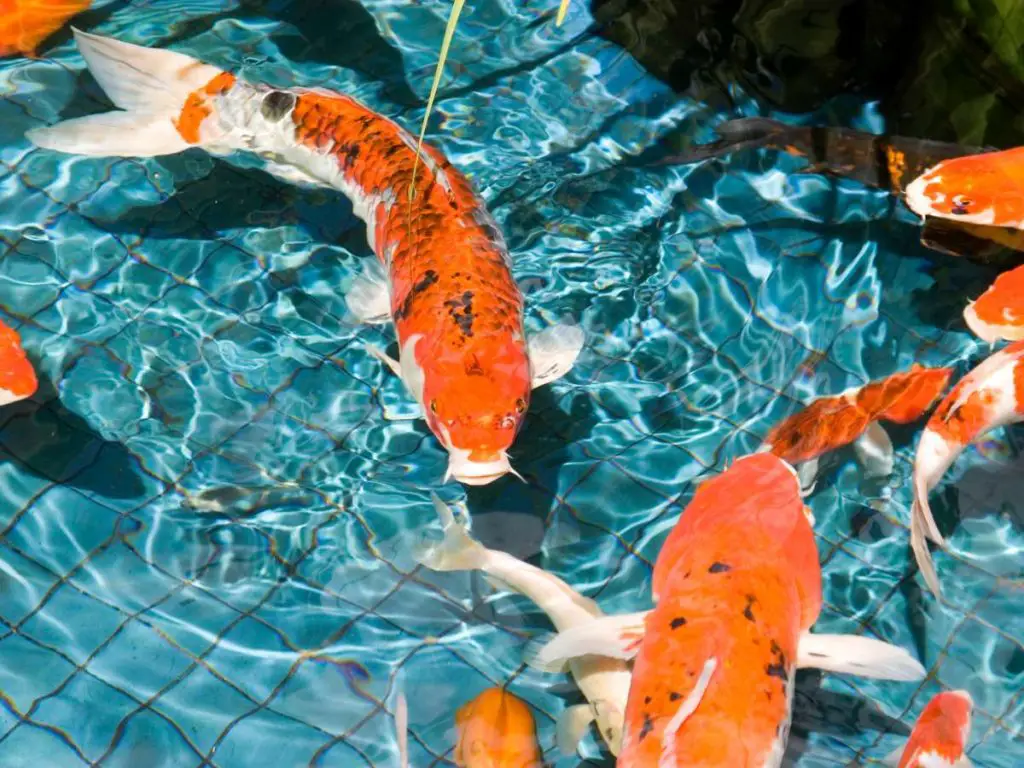
Cleaning and refreshing the pond environment
Now that winter is over, it’s time to give your koi pond a good cleaning and refreshing. Start by removing any debris that may have accumulated over the winter, such as fallen leaves or twigs. These can contribute to poor water quality and may harbor harmful bacteria or parasites.
You should also consider doing a partial water change to help refresh the pond. This involves replacing a portion of the water with fresh, clean water. A water change along with some Koi clay can help improve water quality and ensure a healthier environment for your koi. Remember to treat any new water added to the pond with a water conditioner to remove chlorine or other harmful chemicals.
Inspecting and reactivating equipment
After a long winter’s rest, it’s important to inspect and reactivate any equipment that you may have shut down or disconnected. Start by checking your filters, pumps, and UV sterilizers for any clogs or damages. Clean or replace any filter media that may be worn out.
Ensure that all equipment is functioning properly and make any necessary repairs before reconnecting them to the pond. This will help maintain optimal water quality and circulation, which is crucial for the health of your koi.
Monitoring the health of koi fish after winter
Finally, it’s vital to closely monitor the health of your koi fish after winter. Keep an eye out for any signs of stress or illness, such as lethargy, loss of appetite, abnormal behavior, or physical abnormalities. If you notice any abnormalities, it’s best to consult with a veterinarian or an experienced koi expert to ensure prompt treatment.
Regularly check and test the water parameters, including ammonia, nitrite, nitrate, and pH levels. Adjust water chemistry as needed to maintain a healthy balance. Pay attention to any changes in your koi’s behavior or appearance as these could indicate underlying health issues.
Your pond fish can survive winter – if you do the right things
Properly caring for a koi pond during the winter season is crucial for the health and wellbeing of your fish. By following the guidelines and tips provided in this article, you can ensure that your koi pond remains in optimal condition even during colder temperatures.
Here are the main facts covered in the article:
- Understanding the needs of koi during winter, including their physiological changes and the impacts of cold weather on the pond
- Preparing the koi pond for winter by cleaning it, inspecting equipment, testing water parameters, and installing a pond cover or netting
- Protecting koi fish during winter by providing a suitable habitat, adjusting feeding frequency and food, and preventing predators and wildlife intrusion
- Maintaining the koi pond during winter through regular monitoring of water quality and temperature, managing ice formation, removing snow and ice buildup, and treating common winter pond issues
- Handling extreme winter conditions by dealing with sub-zero temperatures, effectively using pond heaters and de-icers, and having emergency strategies for power outages or equipment failures
- Transitioning the koi pond into spring by gradually adjusting water temperature and feeding routine, cleaning and refreshing the pond environment, inspecting and reactivating equipment, and monitoring the health of koi fish after winter
Remember, the well being of your koi fish should always be a top priority. By implementing these guidelines, you can ensure that they stay healthy and happy throughout the winter season.
Related Questions
Can koi fish survive in a frozen pond during winter?
Although koi fish are hardy, it is not advisable to leave them in a frozen pond during winter. The fish can go into a dormant state, but prolonged exposure to freezing temperatures can be fatal. It is important to take necessary precautions to prevent complete freezing of the pond and provide suitable habitat and care for the koi fish.
Do koi ponds require special heaters for winter?
While koi ponds can benefit from the use of pond heaters or de-icers during winter, they are not always necessary. The need for a heater depends on the climate and severity of winter in your area. If your pond is prone to freezing completely or experiencing extremely low temperatures, a heater or de-icer can help maintain an open area of water for gas exchange. It is best to consult with a professional or local koi pond expert to determine the specific needs of your pond.

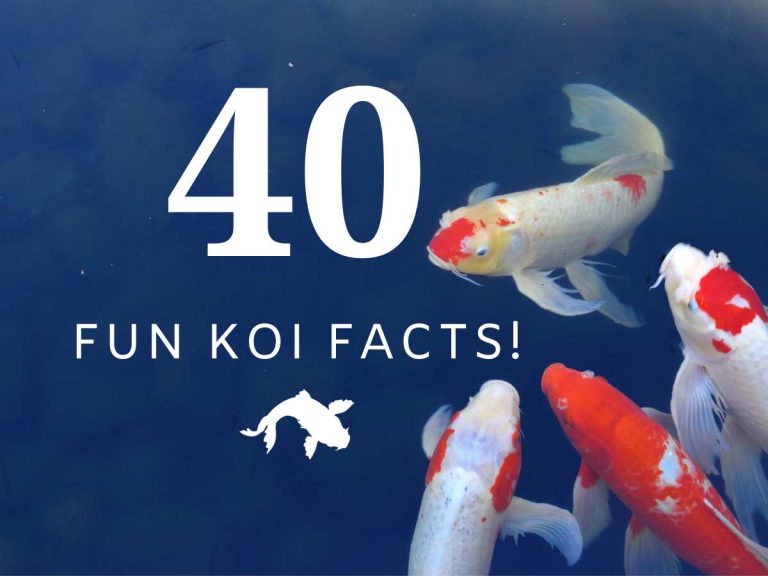
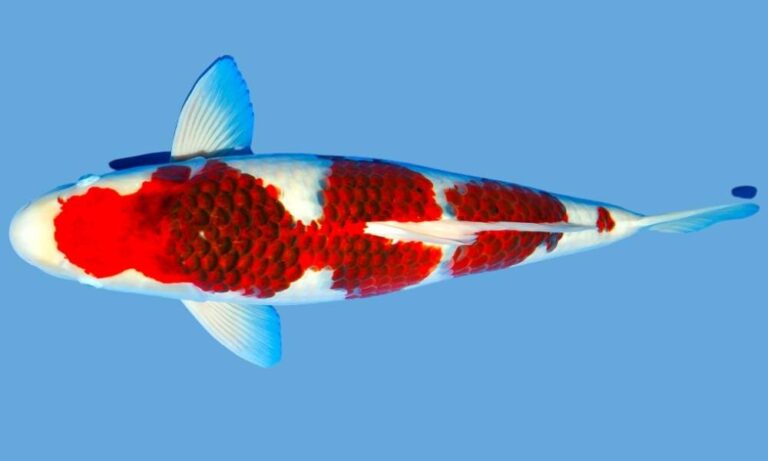

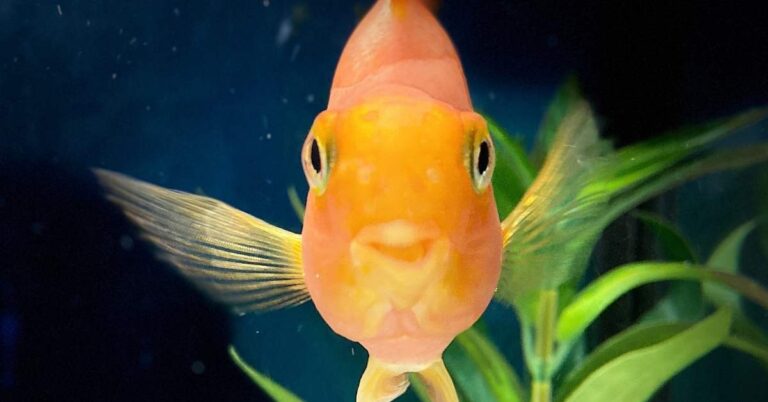
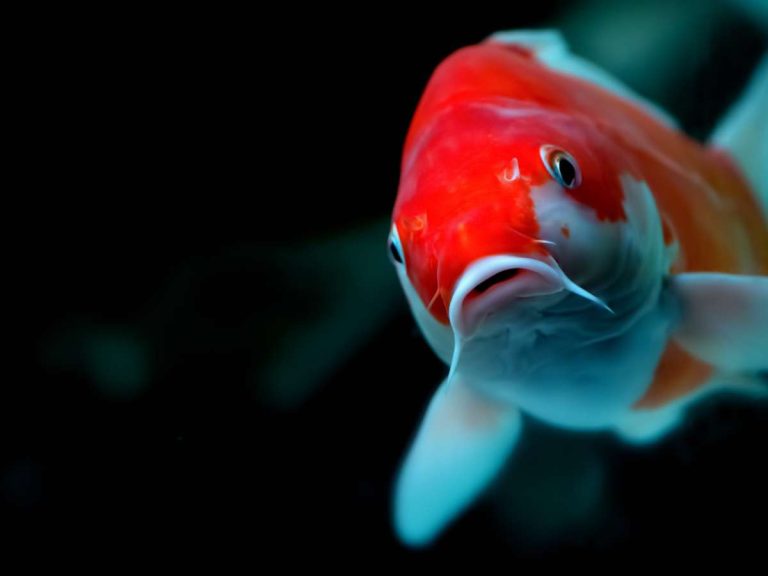
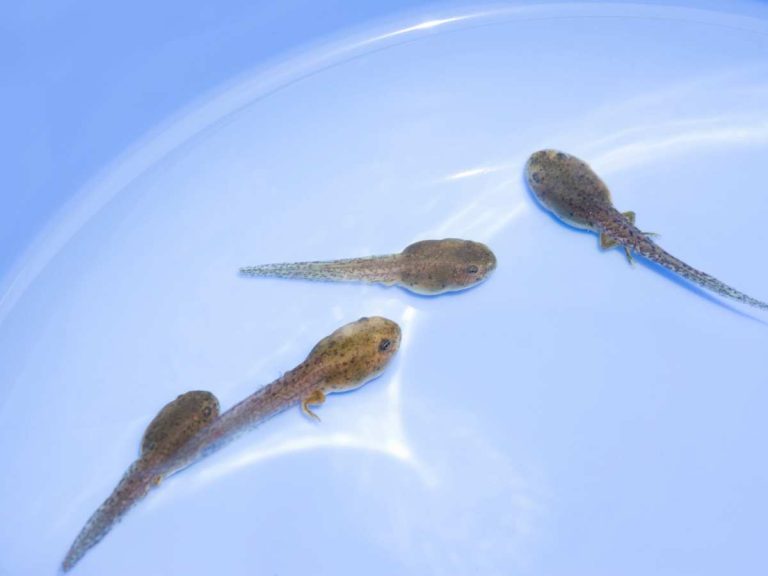

My 600 gallon Koi / Comets pond has experienced a number of Comet fish deaths since the temp has
dropped to 48 degrees. It seems the drop in temp occurred faster than normal. Pond has been active for over 15 years and we have never lost any fish due to winter in Vancouver BC Canada. So far the Koi are ok but all the baby fish and 4 of the large Comets died in the past week. Remaining fish are very still on the bottom.
Has anyone else suffered unusual deaths like this.???
Thanks for any feedback.
I’m really sorry about your Comet fish – that sounds tough. Like you’ve identified, it seems like the quick temperature drop might have been too much for them. I’d still keep an eye on your water quality, since cold water can be extra tricky for fish health (as you know, if you’ve had your pond for 15 years).
I haven’t dealt with unusual deaths like this specifically, so hopefully some other readers will weigh in! As the usual disclaimer: a local pond expert or aquatic vet might be able to give some personalized advice. Good luck, and keep us posted!